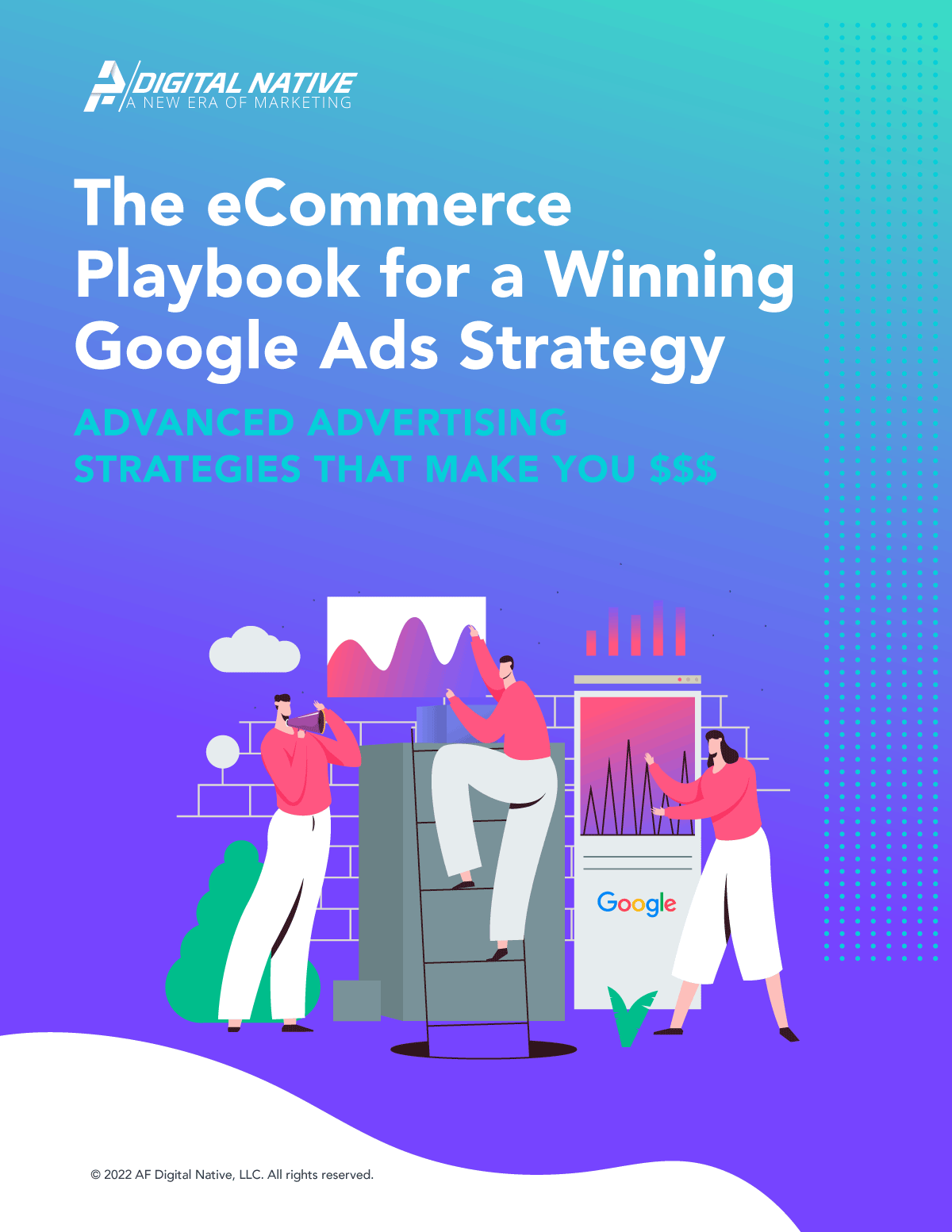“Content marketing is a marketing technique of creating and distributing valuable, relevant and consistent content to attract and acquire a clearly defined audience – with the objective of driving profitable customer action.” Steimle, Josh. “What Is Content Marketing?” Forbes, 28 Jan. 2016.
What is important to understand here is that content marketing goes beyond the planning and the creation of content. That the actual method of content distribution, the act of promoting content through various channels in various formats, weighs heavily on the success of your content.
It’s not only imperative to create highly engaging content, but it is equally, if not more important, to have a clear understanding as to how and where your content is distributed.
I love the way Jonathan Perelman, former CEO of Buzzfeed, puts it, “Content is king, but distribution is queen. And she wears the pants.”
At the most basic level, you need to understand that designing a content marketing strategy does not mean developing a blogging strategy, or an e-mail strategy, or a social media strategy, or even an SEO strategy.
In this article we are going to uncover the 5 things you must consider as part of your overall content marketing strategy.
Content Marketing Strategy: An Overview
Content marketing is all about telling your brand’s story in the most inspiring manner. The essence of content marketing has been around for over two centuries as brands have been telling stories and inspiring people to take action. But with the digital world around us and people spending a considerable amount of time on the internet, digital marketing has become exponentially crucial for success (or decline) of a business.
If done right, content marketing has the potential to become the single most important factor in effective marketing. But poorly-designed content marketing strategy can be equally punishing.
The fact of the matter is that, as a marketer, you need to be well versed with what constitutes effective content marketing.
For example, gone are the days when you could get a good page ranking by simply posting a 500-words article with 2-3% keyword density. Today, Google, as well as users, punish bad content. On the other hand, however, only sky is the limit with well-researched and high-quality content.
With a majority of marketers using some form of content marketing, the issue that consistently arises is the lack of an actual content marketing strategy. It is no secret that ensuring a well-designed strategy for your brand can go a long way in ensuring business success, and it also acts as an important competitive advantage.
Remember that content marketing is a sea of its own. Developing a precise strategy is largely dependent upon individual brand needs. However, I hope that the following set of guidelines will act beneficial for you and your brand. You may decide to customize the steps according to your needs.
5 Steps to Develop Your Content Marketing Strategy
Step 1: Develop a Thorough Understanding of Your Audience
While some content marketing Gurus rank this point at second or third, I believe it to be the most important aspect of any content marketing strategy. Think for a moment! Why all the hustle and effort to design, develop and update content? It is only for the audience, and unless you are fully aware of your audience, chances are that you are misplacing your priorities and energies.
Various tools, from surveys to Google Analytics Demographics & Interests reports, can be helpful at this stage. You can also talk to your desired audience through social media platforms to understand their expectations and preferences. Whatever you do, remember to keep your audience in mind throughout the journey of developing, implementing and evaluating your content marketing strategy.
Take a look at your content distribution strategy and engage with your audience(s) across each platform, as you will often need to accommodate your content to fit the need and media delivery type method of that particular channel.
Consider the form of communication that that is most prevalent within that channel as well as the attention time span that must be considered.
Not every distribution channel, no matter how engaging the content, allows for a 2,000 word narrative.
Step 2: Set Goals
No strategy can ever be successfully designed and implemented in the absence of well-defined goals. Goals help you and your team to have a vision for the future and develop expectations.
As important as this step is, some marketers make the mistake of defining goals at the very first step. There can be an inherent issue with such an approach, as in the absence of any understanding about your audience it may not allow you to set SMART (Specific, Measurable, Achievable, Realistic, Timely) goals.
For example, a goal for a marketer might be to ensure 1,000 subscribers in one month. But is it a good goal in the absence of any sort of understanding about the audience? Suppose you sell insurance to senior citizens. Understanding the limitations and challenges of your audience, as well as the preferred method of communication, can help ensure that such a goal is tangible.
Once you know your audience, build SMART goals around it. Goals will allow you to shortlist your priorities, define periodic objectives and inform every member of your team about the specific purpose you have in the long run.
Needless to say that each part of the content should be developed around those goals from thereon.
Step 3: Define Roles and Standards
It may be obvious for a big organization that already have defined job roles and understanding of best practices. However, it can be messy for small businesses and startups, where most people usually perform more than one role.
For example, in a small partnership, one partner may be taking care of accounting and marketing and the other may be performing routine operations and purchases.
In such a case, it is common for everyone to join the bandwagon of content marketing. It can duplicate roles and may result in haphazard content creation.
It is important that a clear role and responsibility is defined related to designing and implementing a content marketing strategy. Make sure everyone in the team is aware of who is supervising the content and who is doing what in the overall strategy.
Similarly, it is equally crucial to agree upon the standard of content you want to create and market. It may also be very helpful to conduct research about best practices related to content marketing within your industry.
See how big brands are doing it and how successful they are. You might want to replicate them, fill the gaps or learn from their mistakes.
Step 4: Build Your Arsenal and Stick To It
Availability of too many tools can be problematic as well. With Email, blogs, websites, various social media platforms, and YouTube videos, etc., it can be a hard task to choose the most useful channel to host your content. For most small and medium businesses, it is virtually impossible to make a strong presence on every platform. Moreover, it may be a useless exercise anyway to spend energy on every internet platform.
Choose your tools and technologies wisely. The idea is to narrow down the choice of your weapons in order for you to become master of it. Pinpoint the type of content you want to create and stick to it.
For example, E-magazines sent via Email can be most beneficial for some businesses and bright graphics with catchy phrases transmitted through Instagram can be key for other businesses.
Step 5: Develop Your Content Distribution Model
You have developed some good content but it is equally important to have a thorough understanding of how you plan to distribute your content and promote it for best results. Again, different businesses follow different models as per their individual needs and requirements.
One option could be to develop a single content and distribute it across all chosen platforms. For example, a well-designed image circulated through Facebook, Instagram, and E-mail. On the contrary, you may also choose to design different types of media for each platform.
In a similar manner, you can promote each content differently on each platform. For example, if you have enough followers you may rely on organic reach on Instagram but choose to use Facebook ads to spread your message across a wider audience.
Bonus Step: Monitor Your Results
With data growing at a fast pace, new algorithms, rules, and metrics keep coming on a regular basis. A good strategy should be for just enough time period, usually six months to a year. As things change rapidly, a strategy involving a longer period may become irrelevant.
It is also a matter of trial and error. It is important that you understand available metrics, continuously monitor results against them and strive to improve further. Evaluation is as important as developing or executing a strategy.
Develop a useful feedback loop, interact with your audience and analyze results to see how successful (or unsuccessful) your content marketing campaign has been over a defined period. Brainstorm with your team to build on positives and find means of overcoming negatives. Adopting a data-driven mindset within your organization is the key to improving your overall content marketing efforts.
Summary
Remember, content marketing is as much an art as it is a science. It is also okay to make mistakes but the most important thing is to learn from them. Have a proactive approach and always look for new ways and techniques of developing, executing, promoting and evaluating your content.









